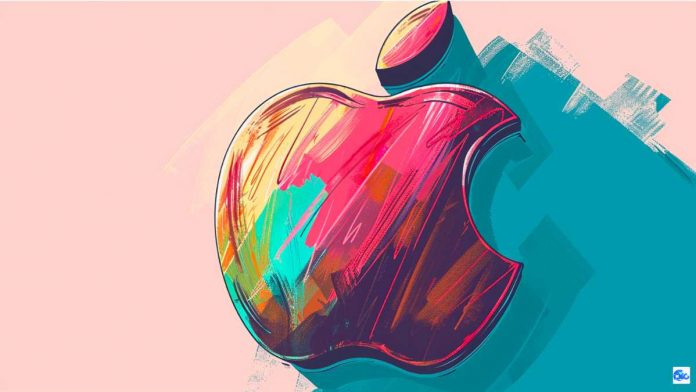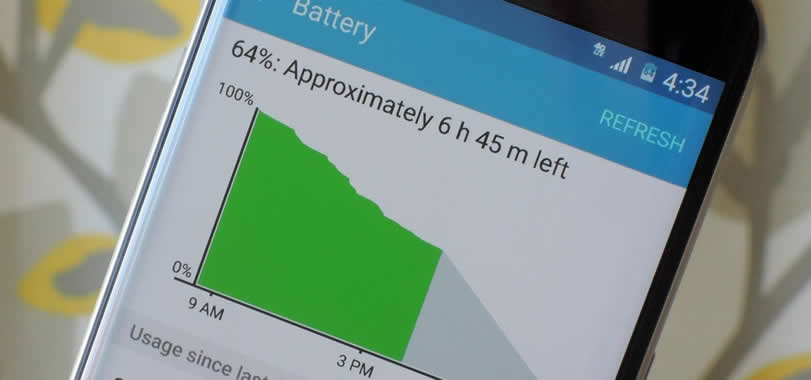Breaking bad habits can be a Herculean task, but with technology at our fingertips, it’s becoming easier to foster healthier behaviors. From gamified experiences to insightful analytics, habit tracking apps are revolutionizing the way we approach personal development. Let’s dive into some of the best habit tracker apps designed to help you ditch detrimental routines and adopt healthier ones, ensuring you’re not just tracking habits, but transforming your life.
Habit Tracker Apps To Quit Bad Habits:
1. QuitNow!
QuitNow is a comprehensive app recommended by the WHO, designed to help users quit smoking. It tracks your smoke-free days, money saved, and cigarettes avoided, offering a clear view of your progress. The app sets achievable goals and celebrates your milestones, enhancing motivation. A unique feature is its community chat, where ex-smokers share experiences and support each other. QuitNow also shows health improvements over time, based on WHO data, and includes a helpful FAQ section and a responsive bot for additional queries.
2. Quitzilla
Quitzilla is a versatile and user-friendly mobile application designed to assist individuals in overcoming self-harming habits and addictions. It features a Sobriety Counter to track days of abstinence, showing money and time saved. The app includes an Addiction Tracker for logging struggles and progress, and a Rewards system that calculates money saved from not indulging in bad habits. Additionally, it offers motivational quotes and detailed statistics about each habit.
HabitShare is a social habit tracker app for mobile that allows users to track and share their habits with friends for extra accountability. It offers unique features like privacy controls, reminders, messaging with gifs, streaks, and charts. Designed for both iOS and Android, HabitShare’s user-friendly interface makes habit tracking engaging and communal, encouraging users to stay motivated through shared goals and support. Recent updates have enhanced its functionality, focusing on user experience and connectivity.
4. Badabits
Badabits is a child-friendly app designed to help kids develop good habits and break bad ones through a fun, game-like experience. It features an adventure where children transform monsters (Badabits) back into helpful creatures (Goodabits) by practicing healthy habits. The app includes 18 different habits to improve, 12 unique characters, and rewards for good behavior. It’s free, ad-free, and prioritizes children’s privacy, making it an engaging and safe tool for parents to encourage positive habit formation in their kids.
5. Headspace
Headspace is a popular app designed to improve mental health and wellness. It offers over 500 guided meditations on various topics, including stress relief and sleep improvement. The app also features sleep sounds, calming music, and focus-enhancing tracks. Headspace helps users manage anxiety, improve sleep, and practice daily mindfulness.
6. Sober Time
Sober Time designed to help individuals overcome addictions like substance abuse and alcoholism. It features a sober day counter, a supportive community, and a personal journal for tracking progress. The app motivates users with daily messages, allows tracking of multiple addictions, and shows money saved over time. Its community aspect offers a platform for sharing experiences and gaining support.
7. StickK
StickK designed to help users achieve their goals through a unique combination of commitment contracts, financial stakes, and social accountability. Created by behavioral economists, it allows users to set personal goals, choose an accountability partner, and optionally place a monetary stake on their commitment. The app emphasizes personal, financial, and social accountability, encouraging users to stay on track with their objectives. StickK offers a supportive community and a structured approach to goal-setting, making it an effective tool for anyone looking to make significant life changes or break bad habits.
8. Helpic
Helpic allows users to select a habit, assess its impact, and track progress. The app includes features like a reset timer and rewards for self-restraint, aiding in breaking bad habits and fostering positive change. It’s a user-friendly tool for anyone looking to transform their lifestyle and develop good habits.
9. Streaks
Streaks is an award-winning iOS habit-tracking app. It allows tracking up to 24 tasks daily, aiming to create long streaks of consistent behavior. The app is highly customizable with various themes and icons, syncs across Apple devices, and integrates with the Health app. It’s available for iPhone, iPad, Mac, and Apple Watch, priced at $4.99, making it a versatile tool for personal improvement and habit management.
10. Loop Habit Tracker
Loop is an open-source Android app and totally free habit tracker app with no ads to keep track of various types of habits that you have proposed to implement in your life. Key features include a simple, modern interface, a unique habit strength score, detailed graphs for tracking progress, and flexible scheduling for various habit frequencies. It also offers personalized reminders, home screen widgets for easy tracking, and is completely ad-free and open-source. Respecting user privacy, it works offline and allows data export for further analysis.
11. HabitHub
HabitHub is a comprehensive habit tracking app designed to help users develop and maintain good habits. It features streaks for motivation, a full-featured calendar, and powerful reminders, including smartwatch compatibility. The app offers flexible habit scheduling, categorization, and insightful progress graphs. With user-friendly themes, widgets, and data safety features, HabitHub is an effective tool for personal growth and habit management.
12. Freedom
Freedom is a versatile app designed to help users break free from bad habits like smoking, alcohol addiction, excessive screen time, and more. It tracks the time and money saved from avoiding these habits, providing motivational support and progress visualization. The app emphasizes replacing negative habits with positive ones, aiding users in their journey towards a healthier lifestyle.
13. Bad Choice Tracker
Bad Choice Tracker focuses on building awareness of negative behaviors rather than immediate improvement. Key features include quick logging, trend analysis, and correlation between bad choices and daily events. The app emphasizes privacy with data stored locally and an optional Google Drive backup. It’s a useful app for those seeking to understand and change their habits by increasing self-awareness.
14. Break Bad Habits
Break Bad Habits features a unique habit management system where users can track each bad habit with a timer and a personalized icon. The app includes a Habit Event Calendar for visual tracking of habits, an Abstinence Schedule to monitor periods without the habit, and detailed statistics like average and maximum abstinence times. Additionally, it offers a home screen widget for easy access and motivation.
15. No Relapse
No Relapse is a Made in India habit tracker app that help you to quit bad habits. It features a simple interface, a sobriety clock for tracking progress, and a section filled with motivational quotes and images. It is a valuable tool for anyone looking to break free from harmful habits and addictions.
The journey to break bad habits and form positive ones is challenging yet fulfilling. These habit tracker apps offer diverse approaches, from data-driven analytics to fun, gamified experiences. By leveraging these tools, you can make significant strides towards a healthier, more productive lifestyle. Remember, the power to change lies within you; these apps are merely catalysts in your transformative journey.









